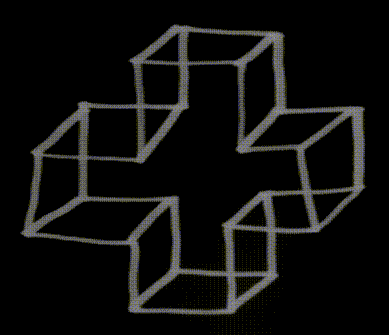
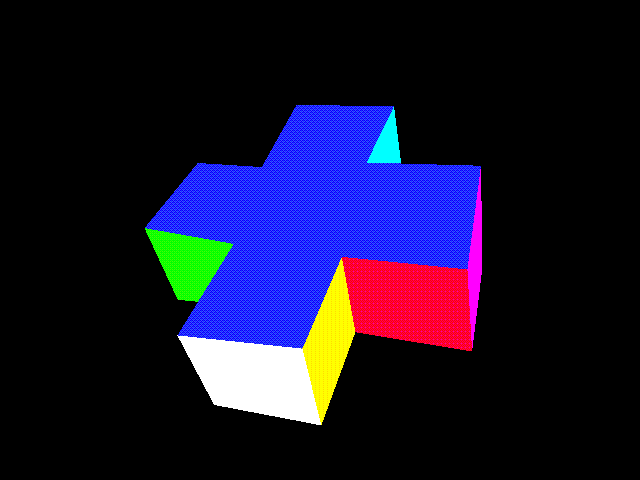
Reconstructing Rectangular Polyhedra
From
Hand-Drawn Wireframe Sketches


Reconstructing Rectangular Polyhedra
From
Hand-Drawn Wireframe Sketches
Human observers are capable of interpreting hand drawn sketches as three-dimensional objects, despite inconsistencies in lengths, variability in angles, and unconnected vertices.
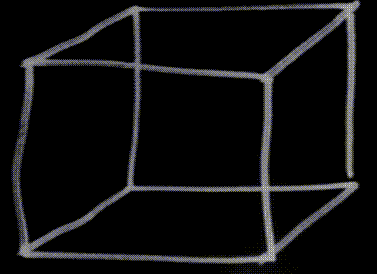
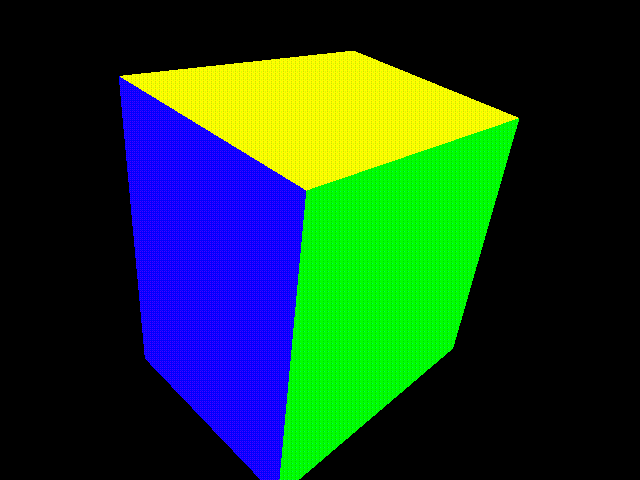
The current system is an attempt to achieve such robust performance in the limited domain of sketches of wireframe rectangular polyhedra. The first version of this system reconstructed three-dimensional objects from perfect drawings, in which all angles and line junctions are consistent with projections of rectangular polyhedron. Ambiguities which are inherent in such drawings are avoided by choosing a line grammar which yields only a single interpretation.
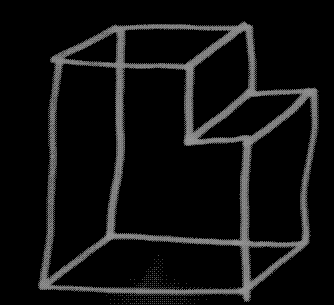
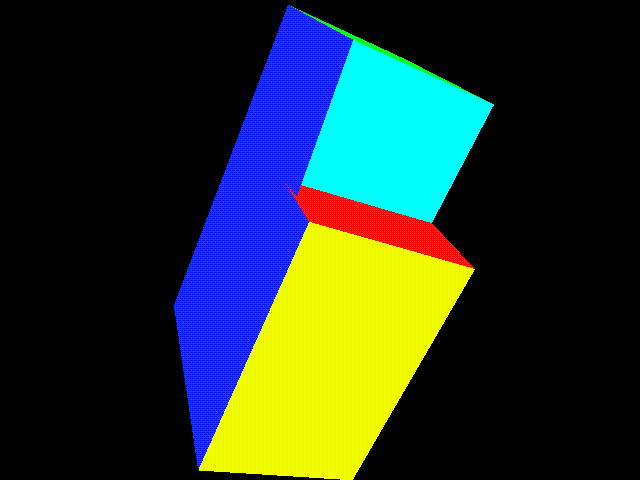
Next, reconstruction from imperfect drawings, in which all the line segments were randomly perturbed, was then achieved by grouping line endpoints into vertices while simultaneously restricting lines to particular orientations, and recovering three-dimensional form from the corrected line drawing.
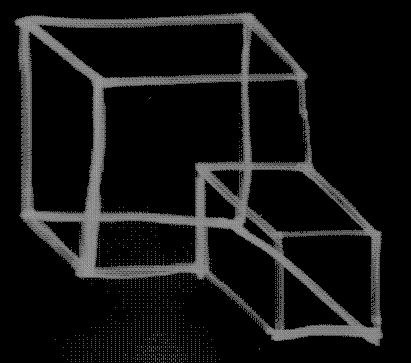
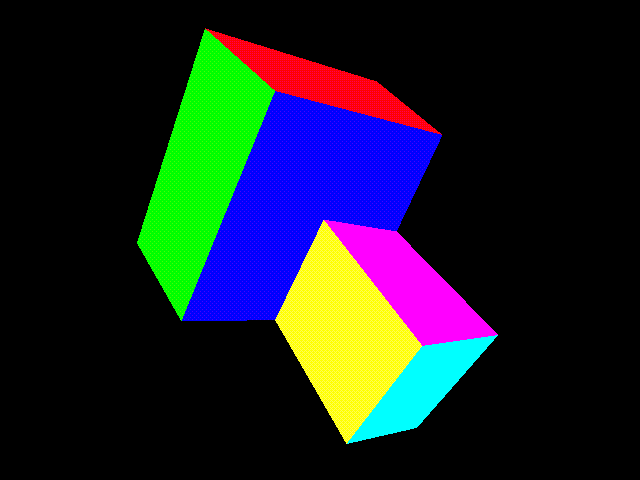
Finally, when actual hand-drawn sketches were used as input, we found that to successfully perform reconstruction the constraints on line orientations had to be replaced with constraints segment lengths and an additional three-dimensional point clustering process was needed.
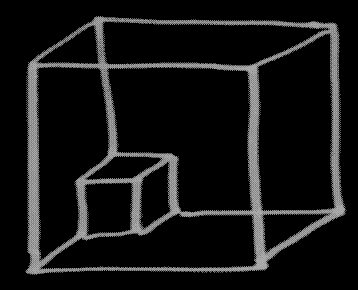
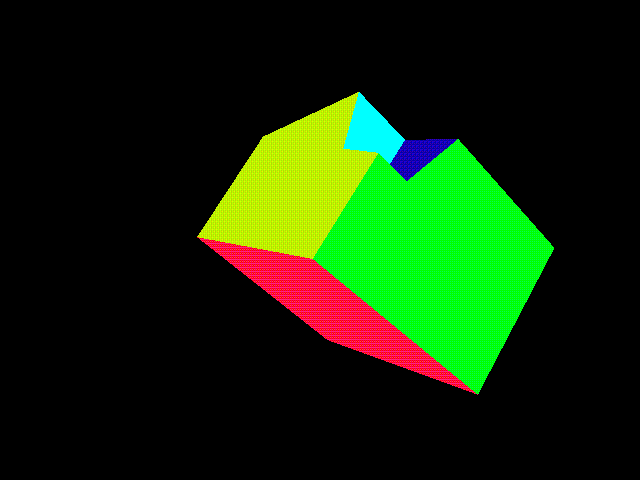
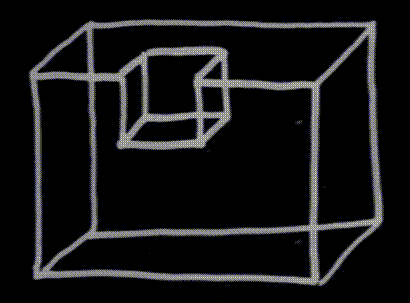
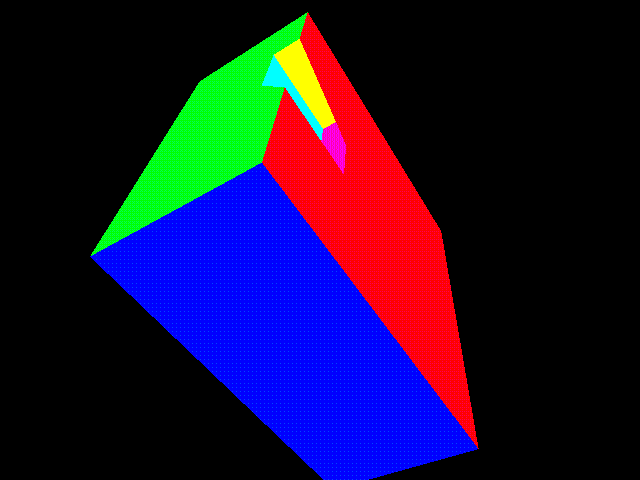
Because machine vision is an extremely difficult problem, there is only so much that one can hope to solve with a single problem. Therefore, to make this a tractable problem, some degree of human assistance is necessary in making it possible for the system to successfully recover the desired object(s).
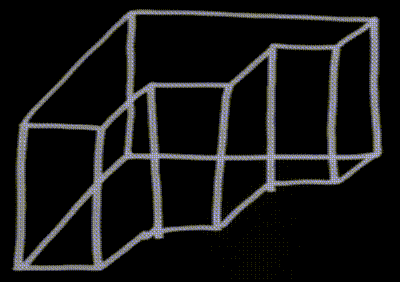
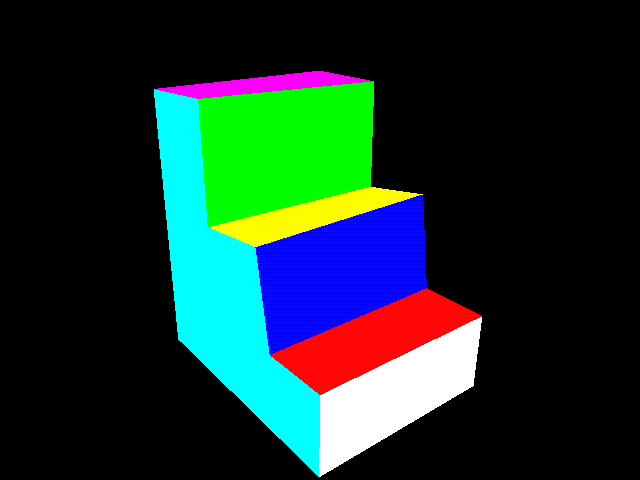
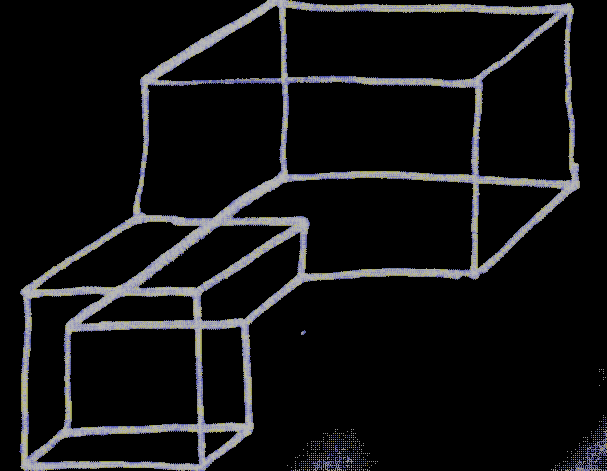
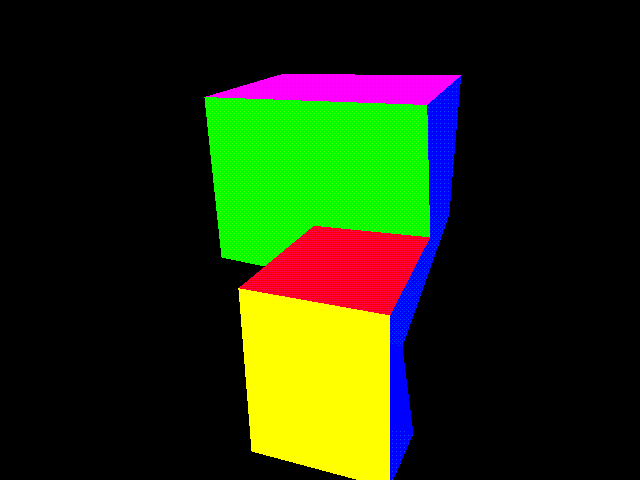
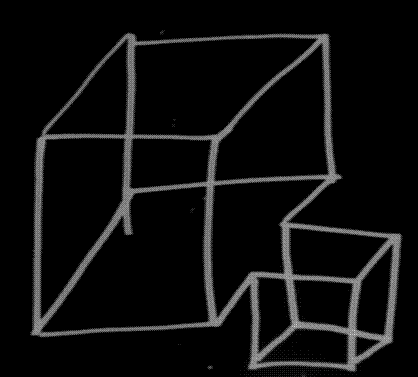
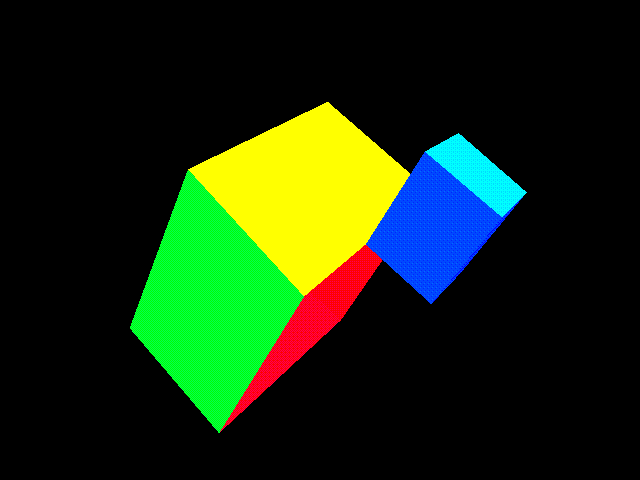
 Return to my main page.
Return to my main page.